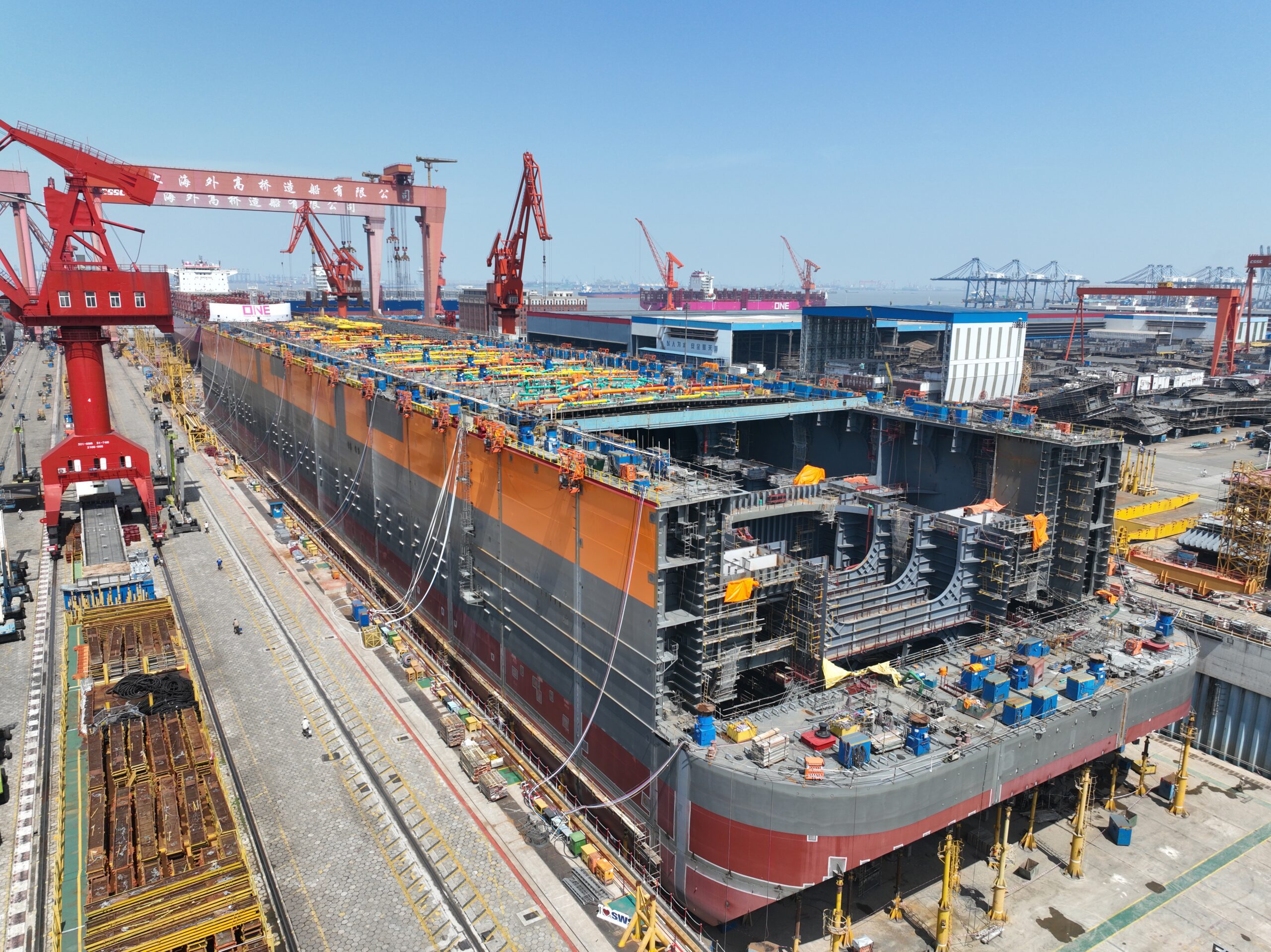ExxonMobil is pushing the boundaries of offshore exploration in Guyana, leveraging cutting-edge technology to optimize its floating production storage and offloading (FPSO) units. As one of the newer offshore frontier regions, Guyana has become a focal point for Exxon, where the company currently has three FPSOs in production, three in development, and other projects under consideration.
The journey in Guyana has been one of rapid progress. “It was touch and go for a while, but after we found it, we were able to deliver our first FPSO within five years from discovery to startup,” said Jayme Meier, Exxon’s Vice President of deepwater project delivery, in a Sept. 1 Journal of Petroleum Technology piece. Each FPSO deployed by Exxon in Guyana is unique and not “cookie-cutter replicas,” she added.

“We’re working in a mindset that says we’re going to use the best we have available today, and then we’re going to learn as we go,” Meier explained. This strategy ensures that each project benefits from the lessons learned from the previous ones.
Exxon’s commitment to innovation is evident in how it tackles greenhouse gas (GHG) emissions. Meier said the first FPSOs used available technology to reduce emissions, but subsequent units have seen significant advancements. For example, the ONE Guyana FPSO for the Yellowtail field incorporated waste-heat recovery units, while the Errea Wittu FPSO for its Uaru development introduced combined-cycle technology to enhance thermal efficiency.
However, rather than repeating this on the next project, Exxon sought alternative solutions. “We challenged ourselves on the sixth one and said, ‘Okay, what else can we do to get to that same GHG footprint?” Meier said.
For the Jaguar FPSO meant for its Whiptail development, Exxon adopted a different set of technologies, including a deep-sea water intake hose to improve cooling and a reduction in arrival pressure to decrease wall-pipe thickness and compression needs. These innovations allowed Exxon to achieve its GHG goals without relying on complex combined-cycle technology, she explained.
ExxonMobil eyes breakthrough technology for reducing emissions | OilNOW
Exxon’s operations in Guyana, according to Meier are a testament to the company’s ability to integrate technology, project management, and execution seamlessly.
“We have stuff in 26 countries that is coming together into this final campaign for each project, where every single thing has to come together at that one site,” she noted. This choreography of technology and logistics ensures that each FPSO is a step forward in offshore innovation.



